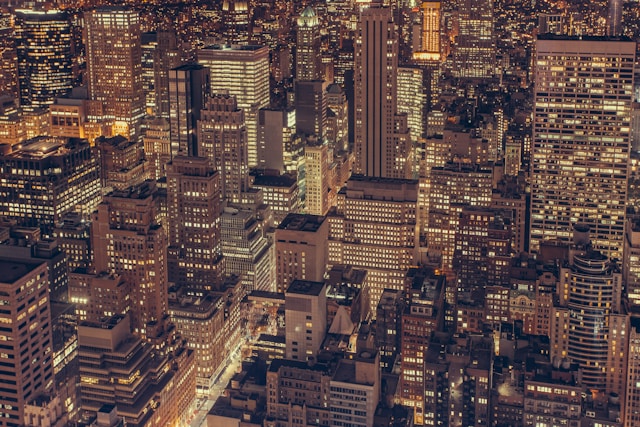Art has long ceased to be a purely aesthetic phenomenon — it has become a powerful tool for social change and protest. From street graffiti to performance art and music, artists around the world use creativity to express their views, draw attention to injustice, and inspire change. However, freedom of expression, enshrined in legal systems, often faces restrictions that give rise to controversy and litigation. In an era of global social unrest and the activism of civil society, understanding the legal boundaries of art as a form of protest is especially relevant.
Art and Protest: When Paint Speaks Louder Than Words
History knows many examples when art became the voice of the people. Murals, street drawings and installations did not just decorate urban spaces – they expressed political sentiments, raised issues of equality and justice. Contemporary street art in the US and around the world is often dedicated to current topics: the fight against racism, LGBT rights, social justice.
Antioch, California, is an example of how local artists are actively engaging in public dialogue through murals and performances. Their work is not only a visual protest, but also a way to mobilize society around important issues.
In such conditions, art becomes a means of communication and unification, giving a voice to those who often remain unheard.
Limits of Freedom: Legal Aspects of Self-Expression
In the United States, the primary legal foundation for freedom of expression is the First Amendment to the Constitution, which protects freedom of speech and expression. However, the right to expression is not absolute: legislation and judicial practice impose restrictions aimed at protecting public order and the rights of others.
The distinction between art and illegal activity is a tricky one. Vandalism, destruction of property, and incitement to violence are not protected by the First Amendment. For example, creating graffiti without permission from the building owner is often considered a misdemeanor.
There are numerous examples in the courts of artists defending their rights. For example, in Miller v. California, the court defined the boundaries of acceptable expression. There have also been cases where the court has rejected the defense, such as when the art posed a threat to public order or violated the rights of others.
Copyright and the public space
The rights to street art are of particular interest because the works are often created in public places and without the formal consent of the owners. The question of who owns the rights to such works is controversial.
There is a well-known case of graffiti on a building in New York, where the artist sued the owners, trying to protect his copyright. Ultimately, the court recognized that despite the illegality of the image, the author retains the rights to the work.
Copyright protects the artistic value of a work, but it also makes street art vulnerable to being removed or altered without the author’s consent, which often causes conflict.
Law and the Artist in Antioch: The Local Context
In Antioch and other California cities, local laws try to balance artistic freedom with the interests of property owners. There are street art licensing programs and festivals that help legitimize and support artists.
However, conflicts are not uncommon – for example, when murals appear without permission or touch on controversial topics. In such cases, legal support helps artists defend their rights using mechanisms of negotiations, permissions and courts.
Artists value access to legal information, advice, and support from professionals who can help them navigate complex issues of permissions and copyright.
Conclusion: Art as the Voice of the Citizen
Freedom of expression through art is a fundamental right and a powerful tool for civic engagement. Understanding the legal framework, protection mechanisms, and responsibility is important for every artist, especially in the context of protest creativity.
Lawyers and human rights defenders play a key role in protecting this right, helping artists maintain space for creativity and protest. Art does not exist outside the law, but within it it becomes stronger, transforming society and protecting freedom of speech.

